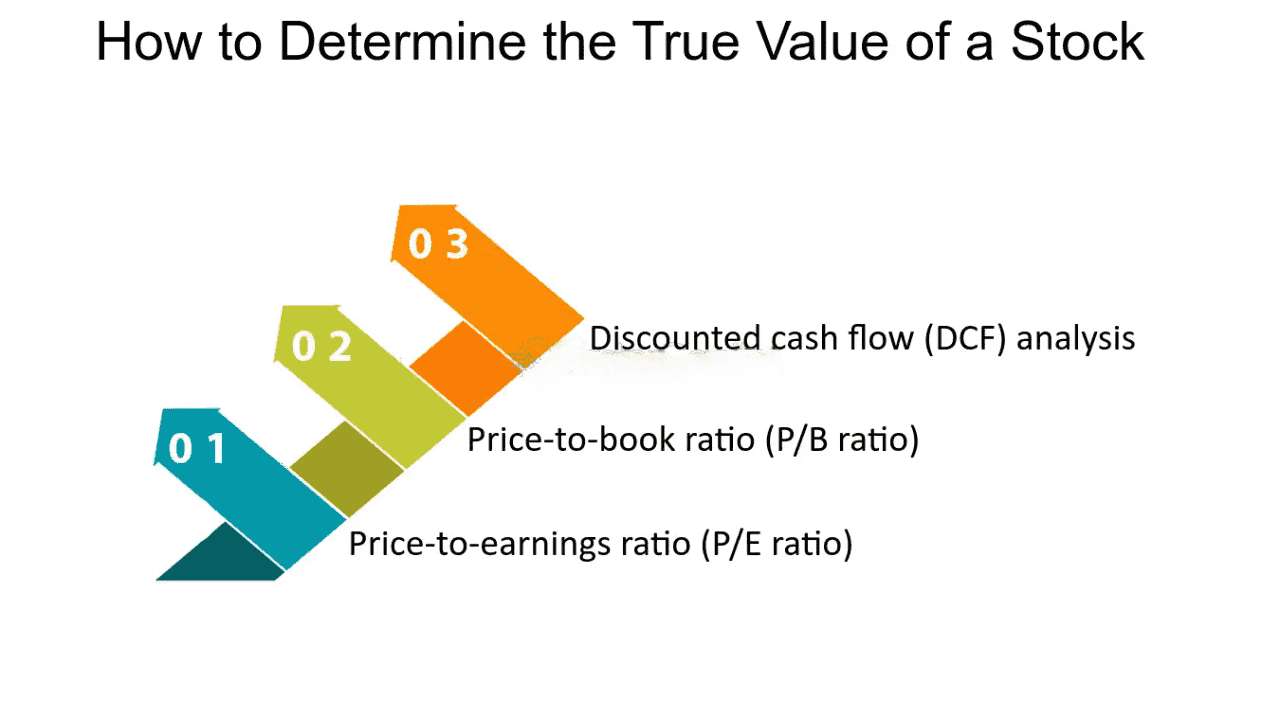How to Pick a Stock: A Simple 5-Step Guide
Investing in stocks is a better way to increase wealth, but choosing the right stock is a tough task. Clever investors follow a step-by-step approach to find the best opportunities in the stock market. Here is a simple guide to finding good stock.
Identify Your Investing Goals
Before choosing the stock the main thing is why you invest in the stock, but your approach will depend on your financial goals.
- Are you looking for long-term growth? If you are young and save money for life after retirement, so you will invest in companies in which having growth.
- Do you need regular income? If you are retired and about to retire, you will prefer those companies’ stocks that give dividends that provide steady cash flow.
- Are you a conservative investor? If you are saving your wealth, you might focus on well-established companies with stable performance.
- Do you enjoy taking risks? If you face risks for the big reward, you can explore high-growth or emerging companies.
Understanding your goals will help you make better decisions and avoid emotional investing.


Find a Company to Research
There are many stocks in the market, so how do you choose? A good starting point is to look at companies you are familiar with.
- Watch everyday products and services. Think about the brands that you are using daily, such as the restaurant you like, which software you use, or the store that you use for shopping.
- Follow market trends. Pay attention to industries that are growing fast, such as technology, healthcare, or renewable energy.
- Check exchange-traded funds (ETFs). ETFs track industry performance and can help you find leading companies in different sectors.
Once you find a company that interests you, it’s time to dig deeper.
Research the Company’s Business and Strengths
Before investing, you must understand how a company operates and why it might be a good investment.
How does the company make money? Some businesses sell products, while others offer services. Make sure the company has a clear way to generate income.
Is the company growing? Check if its sales and profits are increasing over time.
Does it have a competitive advantage? Companies with strong brands, loyal customers, or unique products often perform better.
What risks does it face? Consider challenges like high competition, government regulations, or market downturns.
How much debt does it have? Too much debt can be risky, especially if interest rates rise.
To find this information, check the company’s financial reports, investor presentations, and news articles.

Determine the Stock’s Value
A stock’s price doesn’t always reflect its real value. To avoid overpaying, you should estimate what a stock is worth.
Use the price-to-earnings (P/E) ratio. This ratio compares a company’s stock price to its earnings. A lower P/E ratio can indicate a good buying opportunity.
Compare with industry peers. See how the company’s valuation compares to similar businesses.
Look at historical performance. If a stock is trading higher than its historical average, it might be expensive.
No valuation method is perfect, but combining different approaches can give you a clearer picture.


Decide to Buy, Sell, or Wait
Once you have analyzed a stock, you need to make a decision:
Buy the stock if it’s undervalued. If the stock’s price is lower than what you believe it’s worth, it may be a good time to invest.
Sell if it’s overpriced. If the stock price has risen too high compared to its value, you might consider selling.
Wait if the stock is fairly priced. If the stock is neither too cheap nor too expensive, keep it on your watchlist and wait for a better opportunity.
A key concept to remember is the “margin of safety.” Many successful investors, including Warren Buffett, advise buying stocks at a price lower than their actual value. This approach reduces the risk of losing money.
Bonus Tips for Smart Investing
Keep Up with Market News
Stock prices change due to economic conditions, industry trends, and company news. Stay informed by reading financial news websites, investor blogs, and company reports.
Follow Successful Investors
You can learn a lot by watching what professional investors are doing. Many hedge funds and investment firms publish reports on their stock holdings.
Use Stock Screeners
Online tools like Yahoo Finance and Google Finance allow you to filter stocks based on criteria like industry, P/E ratio, and dividend yield. These tools can help you find new investment ideas.
Be Patient
Great investments take time to grow. Don’t panic if a stock’s price drops in the short term. If you believe in the company’s long-term potential, stay invested.

Conclusion
Picking the right stocks takes time, research, and patience. While stock picking can lead to big profits, it also comes with risks. If you find stock analysis too complicated, consider investing in index funds, which track the overall market and offer diversification.
By following these five steps, you can make smarter investment decisions and build a strong stock portfolio over time.